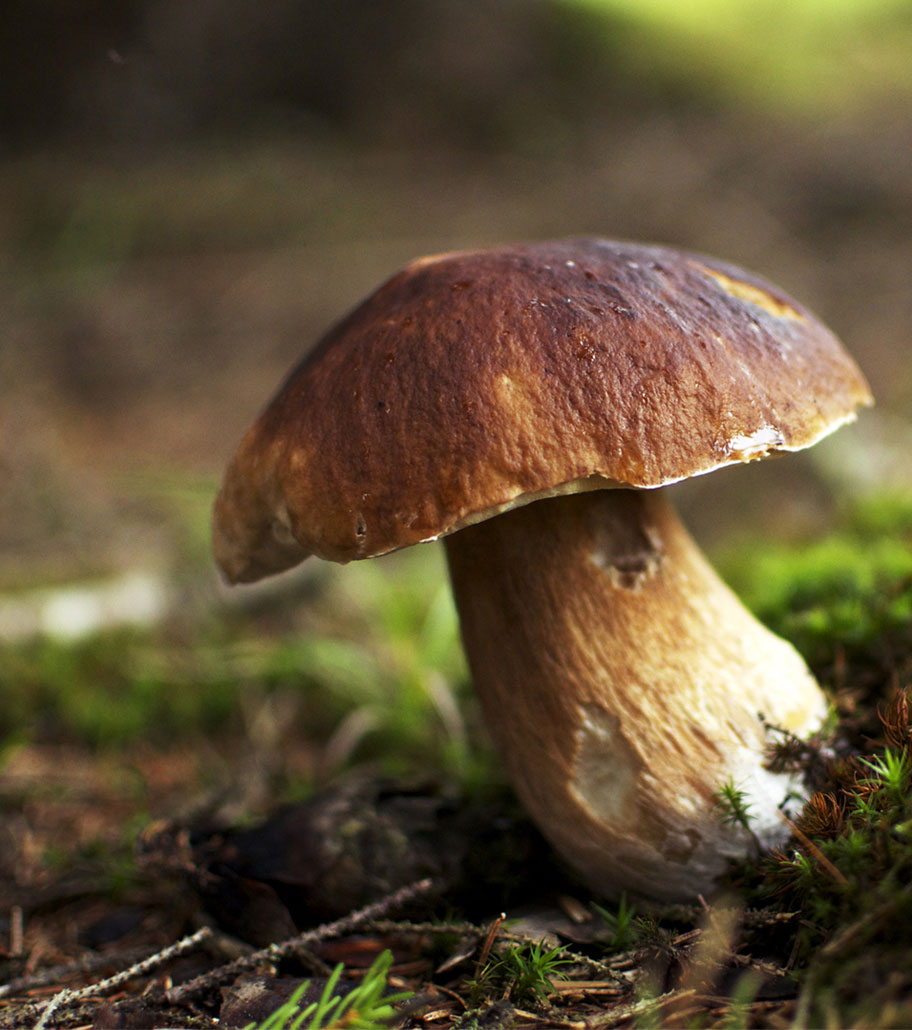
10 Jan 2017
Tips on how to clean mushroomsWhat they look and taste like, and what is the best way to clean the 3 types of mushrooms most commonly used in Italian recipes.
Mushrooms develop from an intricate underground network of thread-like roots called mycelium, similar to a tree’s root structure. The mushrooms is a type of living plant unable to create its own nourishment. Indeed, in order to live, mushrooms need to draw their nourishment from other plants and organisms.
There are approximately 100,000 types of mushrooms, both edible and poisonous, which grow in gardens, parks, but especially woods, their ideal habitat at all altitudes. Among the many kinds of mushrooms, only three are the most common and most widely used in Italian kitchens, each type with its own specific appearance, taste and optimal way to clean it before adding it to recipes.
Before eating wild mushrooms, it’s always a good idea to have them inspected by an expert.
What's the best way to clean Porcini mushrooms (Boletus edulis), Chanterelles and Honey mushrooms?
Porcini mushrooms: the most common, most popular and easiest kind to clean
Porcini mushrooms are the best known, versatile and undoubtedly the most widely used in cooking. The finest examples are Funghi di Borgotaro PGI, perfect as a filling for “crespelle” or as the tasty star of autumn risotti.
- For mushrooms that grow directly on the ground, like porcini, cleaning starts with scraping the dirt off the end of the stem. Next, separate the head from the stem using a small, sharp knife.
- Gently wipe off any remaining dirt with a slightly damp cloth.
- Finally, place the head topside up on a cutting board and dice it or cut it into thin slices, as required by the recipe.
Chanterelles: the small yellow mushrooms
Chanterelles are short mushrooms, but they pack a lot of flavour in a few centimetres (3 to 10), they are perfect in meat or fish recipes
- To use this type of mushroom, first place them in a pot of water over a flame.
- When the water starts to boil and the dirt sinks to the bottom of the pot, fish the mushrooms out with a slotted spoon
- and place them on a plate lined with kitchen paper to air dry. The chanterelles will then be ready for use.
Honey mushrooms: the rustic-flavoured kind
Honey mushrooms grow in thick bunches at the foot of trees, both alive and dead. They vary in colour according to the type of tree they grow on, from: honey yellow when growing on mulberry trees to dark yellow on oak trees or even reddish brown on conifers. With its slightly acidulous flavour, it’s an ideal side vegetable for meat dishes, like sausage, or yellow polenta (link to Polenta: the food of bygone days).
- To clean honey mushrooms, cut the end off the stems and rinse them under running water.
- To ensure they are clean, place in a bowl of water to which baking soda has been added and leave to stand for a few minutes. Next, gently wipe off any remaining traces of dirt and dry them with a clean cloth.
- To eliminate all toxins contained in this type of mushrooms, boil in water to which coarse salt and lemon has been added. Once dried with a cloth, they may be used in a variety of recipes.

There are approximately
100,000 types of mushrooms,
both edible and poisonous,
